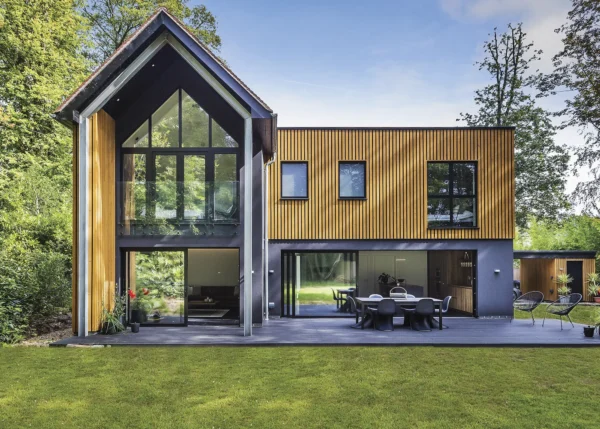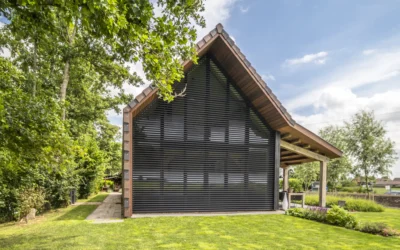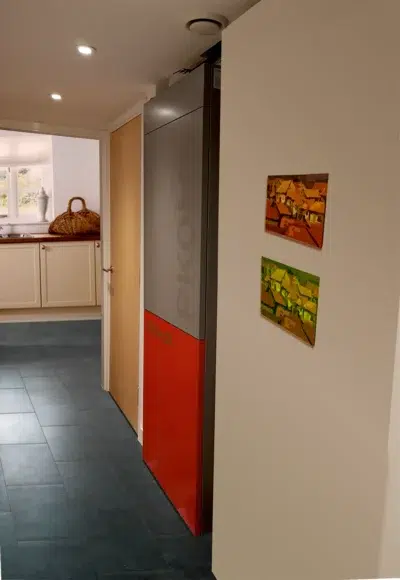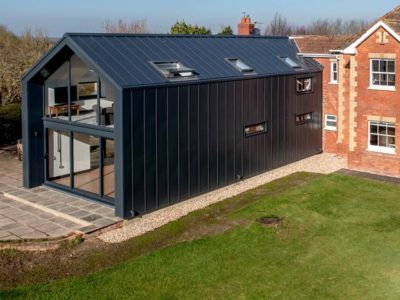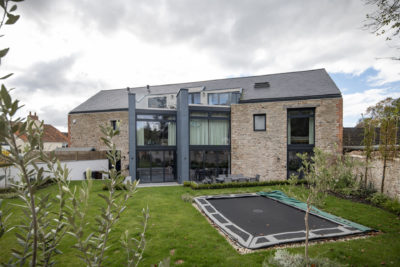This month we catch up with Dudley Moor-Radford, MD of Moixa, to learn about solar power storage, smart grids and the future of renewable energy.
What are the advantages of installing a smart battery at home?
A smart battery helps to ensure you are making the best use of the energy generated through your solar photovoltaic (PV) panels.
You can also charge a smart battery by buying from the grid at off-peak times. What this means is that you can effectively use electricity in the morning to prepare your breakfast or take a shower, but pay the cheaper overnight rate.
You can also sell any stored energy that you don’t use back to the grid through the Feed-In-Tariff (FIT). In addition, with a Moixa setup you can opt-in to our membership scheme, which guarantees you £50 cashback a year on a fixed income enrolment – there’s a profit share option, too.
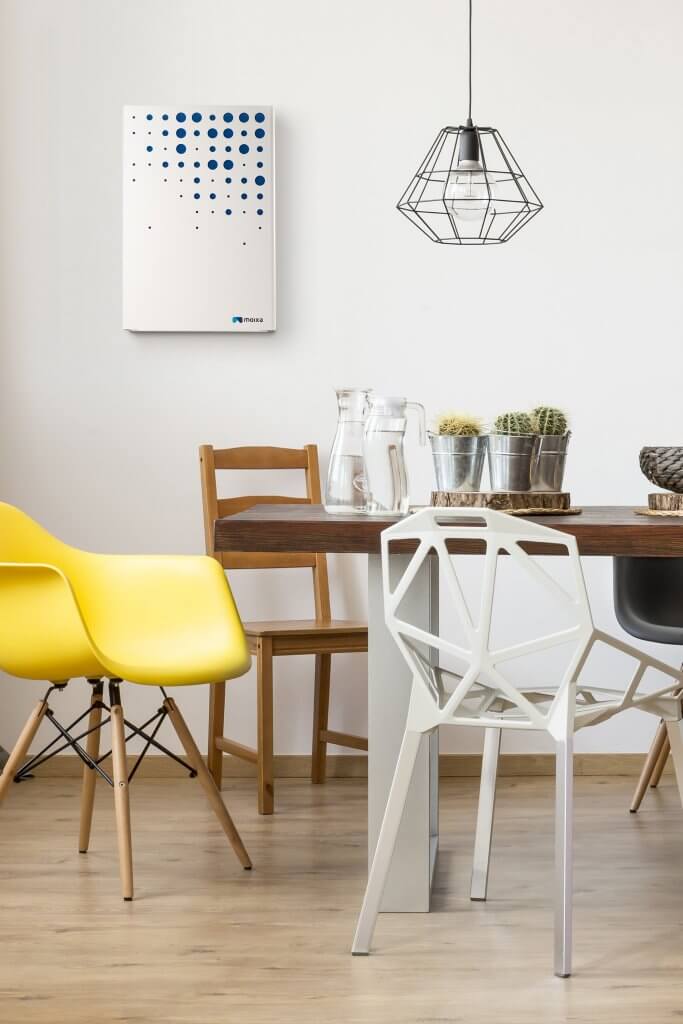
The sleek, wall mounted 5kWh solar battery is smaller than cabin luggage
Customers who sign up to Gridshare have a lifetime warranty for every year they are enrolled, meaning as long as you are part of the scheme we’ll replace your system when needed.
Our batteries are installed in two hours and it’s a one-person job. They start at £2,950 but you can get a bundle with PV panels from £4,950. We also offer a 12 month interest-free credit option.
How does the Gridshare scheme work and what are the long-term aims of this strategy?
On the consumer side, Gridshare is essentially our customer membership program designed to give cashback to residents that have a Moixa system or other approved third party solar storage units.
Households are able to keep track of their device’s status with an app that tells them at exactly what rate it’s being charged, as well as quickly letting them know how much money they are saving according to their supplier.
The app can also generate PDF statements so you can see whether it’s been a good month in terms of your setup’s efficiency and how you compare to other users.
But the most interesting thing about Gridshare is the innovation behind it. We hope it will change the landscape of how we consume electricity as the government moves towards a low-carbon economy.
At the moment, the national grid is not able to cope with modern needs and demand. For instance, wind turbines in the UK have to be turned off at certain times, as they generate more energy than we are able to consume and store.
With Gridshare, residents will be able to charge their batteries from the grid during these times to avoid clogging it and therefore keep the turbines running. The energy can also be sent back to the grid when needed, thus ensuring we use more renewables without turning on as many diesel generators.

Dudley Moor-Radford is MD of Moixa
We already have this scheme running in Japan, where the smart system can identify the batteries available to be charged from the grid for free, as well as which can sell back excess energy according to each household’s consumption patterns.
Do you have any tips for homeowners who want to want to install a solar battery?
Firstly, don’t try to go completely off-grid (unless your plot literally has no access to services). The ideal composition would be for you to get energy in three parts made up from the grid, solar and storage.
Over the years there has been a tendency to tell people to install as many PV panels as possible, almost encouraging them to cover their roofs entirely. Because of this, the next piece of advice has been to buy batteries with a capacity of 13kWh – which will likely only achieve full charge during a sunny summer day. In fact, the key is to install the right size according to your consumption profile.
Every household has different needs and requires electricity at different times, but an average family home won’t really use more than 4kWh in the evening.
At this level of demand, if you install storage with a capacity of 5kWh, you’ll be fully charging and discharging it on a daily basis (possibly more if it’s connected to the grid). This guarantees a longer battery life, similar to mobile phones.
Another important piece of advice is that if you are using most of your household’s energy during the day, say because you are retired and therefore using appliances while the sun is out, then don’t get solar storage.
You should get PV panels and make use of green energy, but batteries are best for people whose profile means they consume most of their electricity early in the day and evenings.
While you are likely to make bill savings with a system like this, you shouldn’t be installing this tech purely for economic reasons.
Our customers really believe in decarbonisation and doing the right thing for the future generations, which is why they sign up to this funky smart grid with the potential to change the energy landscape.
Moixa is taking part in the Smart Energy Islands (SEI) project. What can you tell me about this pilot?
It’s a landmark programme that we hope will transform the lives of residents from the Isles of Scilly and provide a model for communities worldwide.
This archipelago is located approximately 28 miles from the Cornish coast and often suffers from power outages as its only power connection to mainland Britain is under the sea – which frequently gets broken due to boats, currents etc.
Moixa is installing a total of 43.8kWh of smart storage across the islands – both at residential dwellings and non-domestic sites. Ten smart homes will pilot different mixes of low-carbon technologies that include air source heat pumps (ASHP) and water heaters.
An intelligent control system will manage and optimise this machinery by learning the islanders’ patterns of consumption to maximise savings.
For more information about Moixa smart batteries and the Gridshare scheme visit www.moixa.com

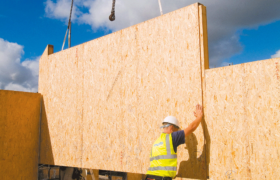































































































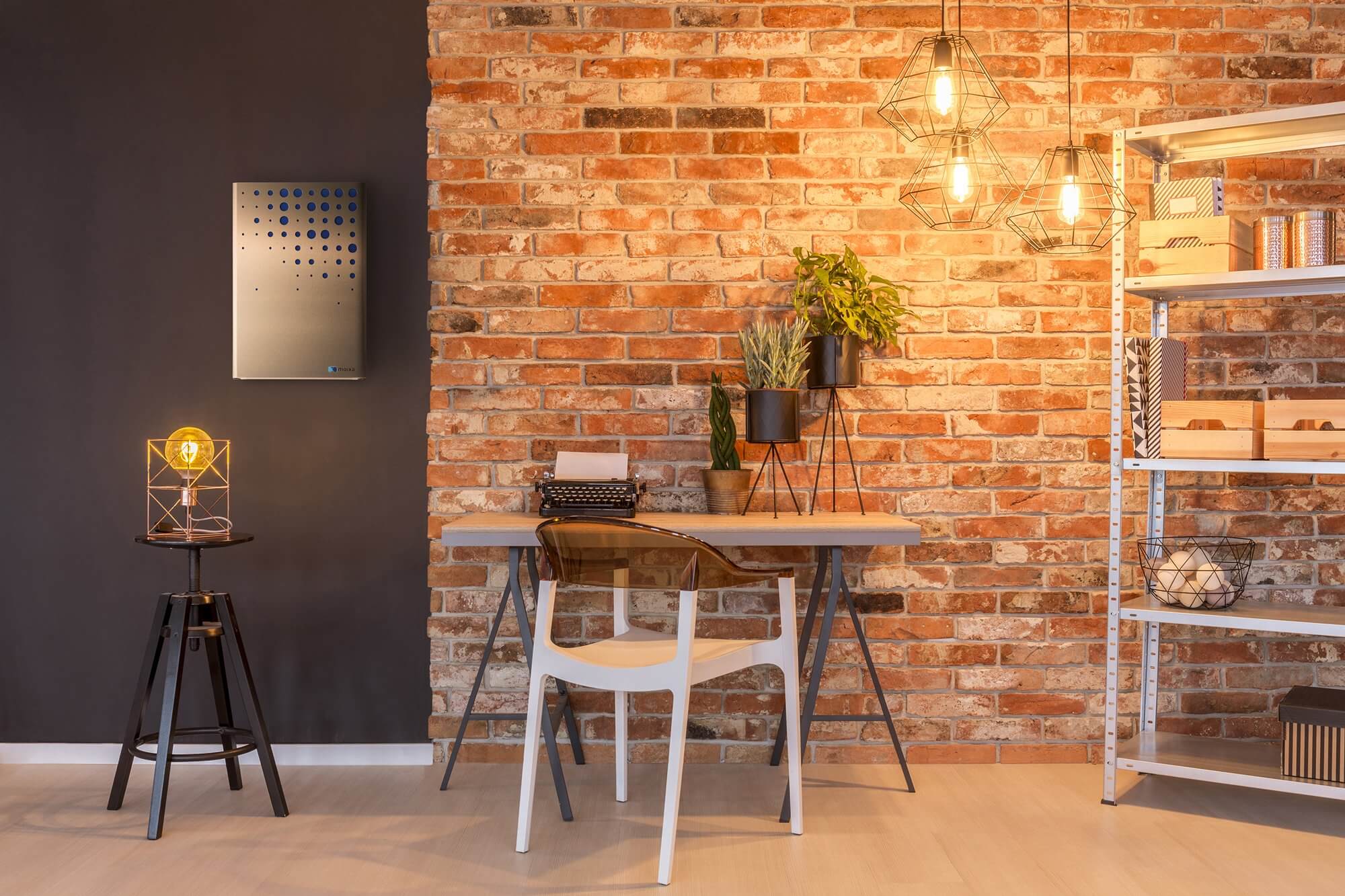
 Login/register to save Article for later
Login/register to save Article for later



